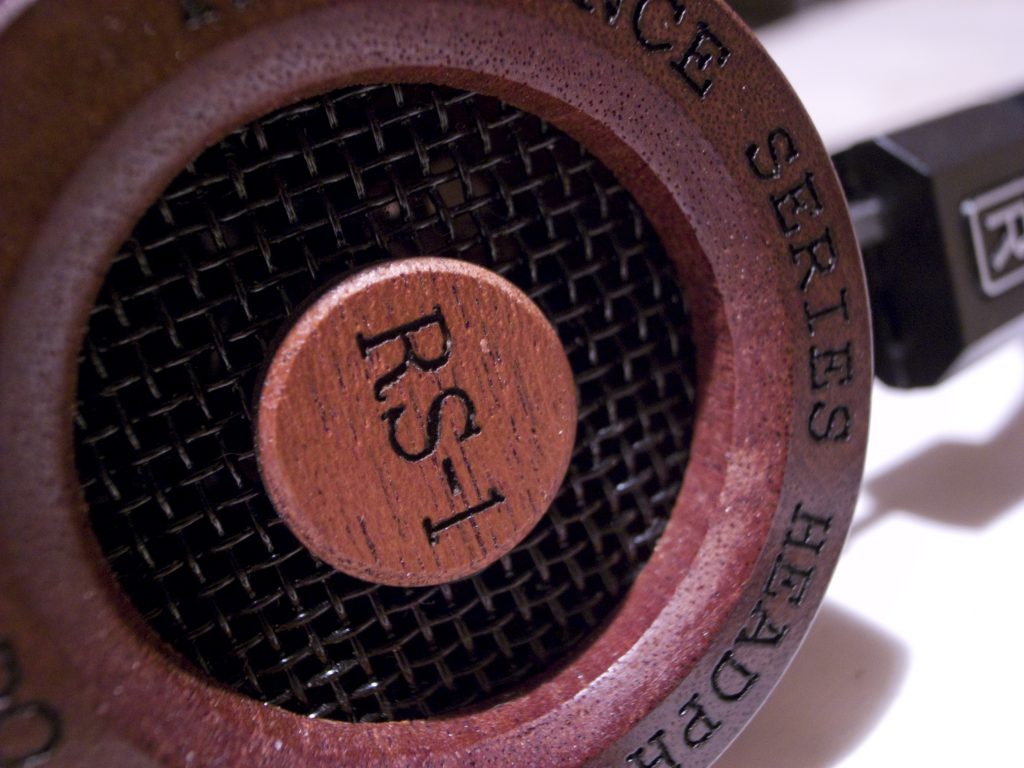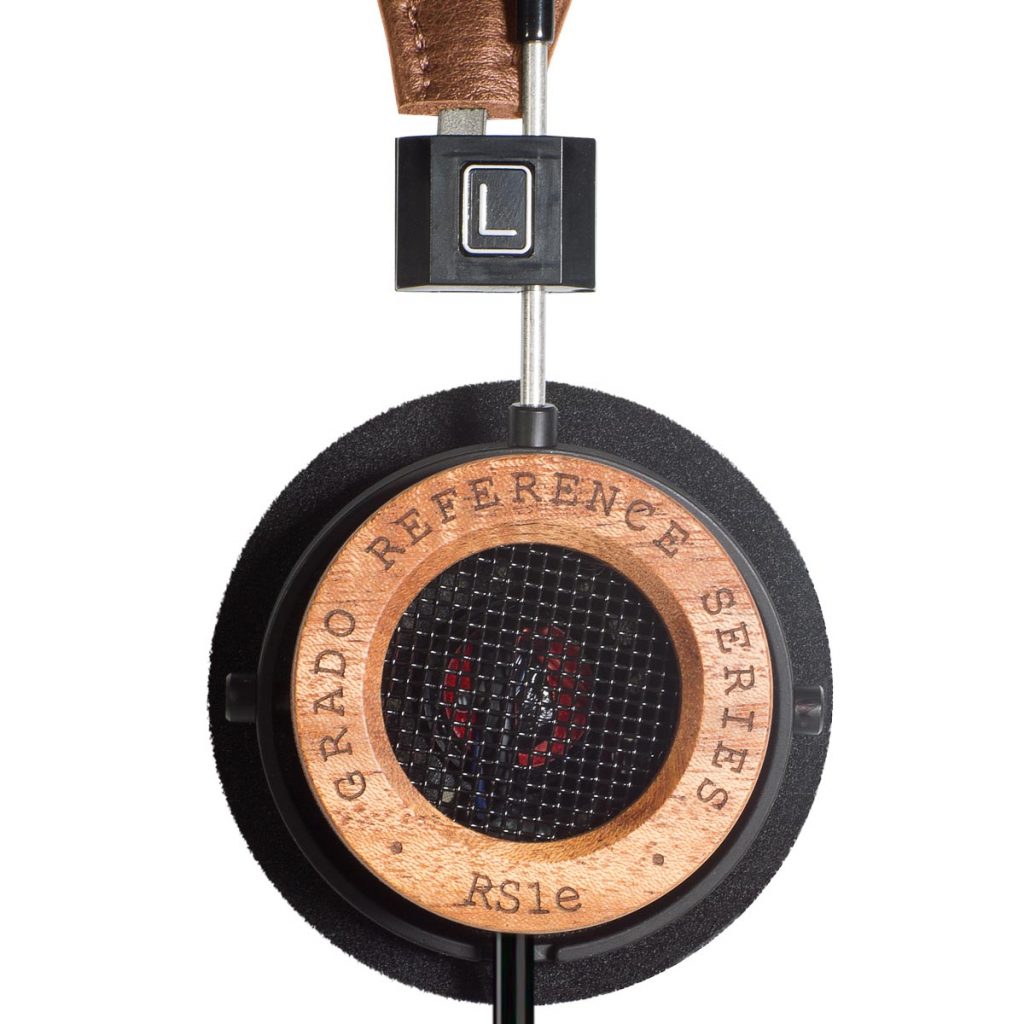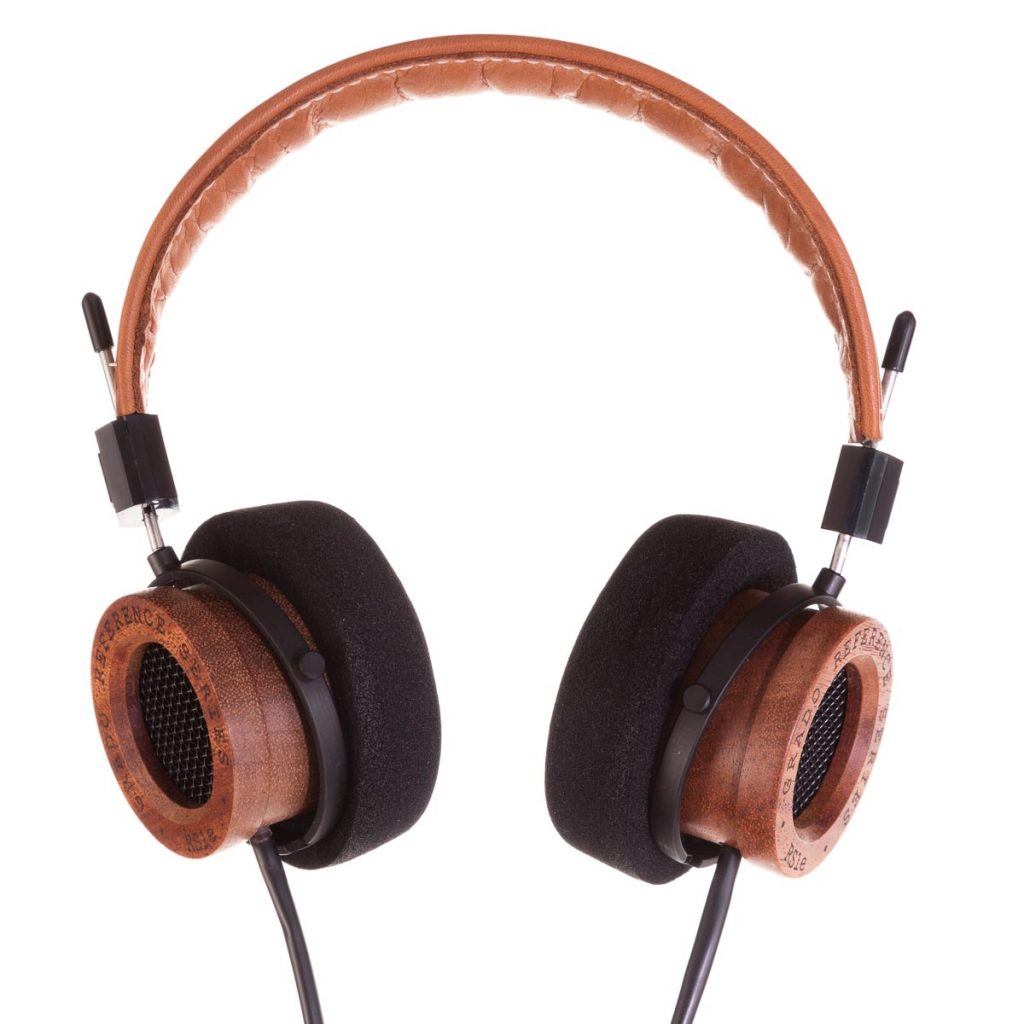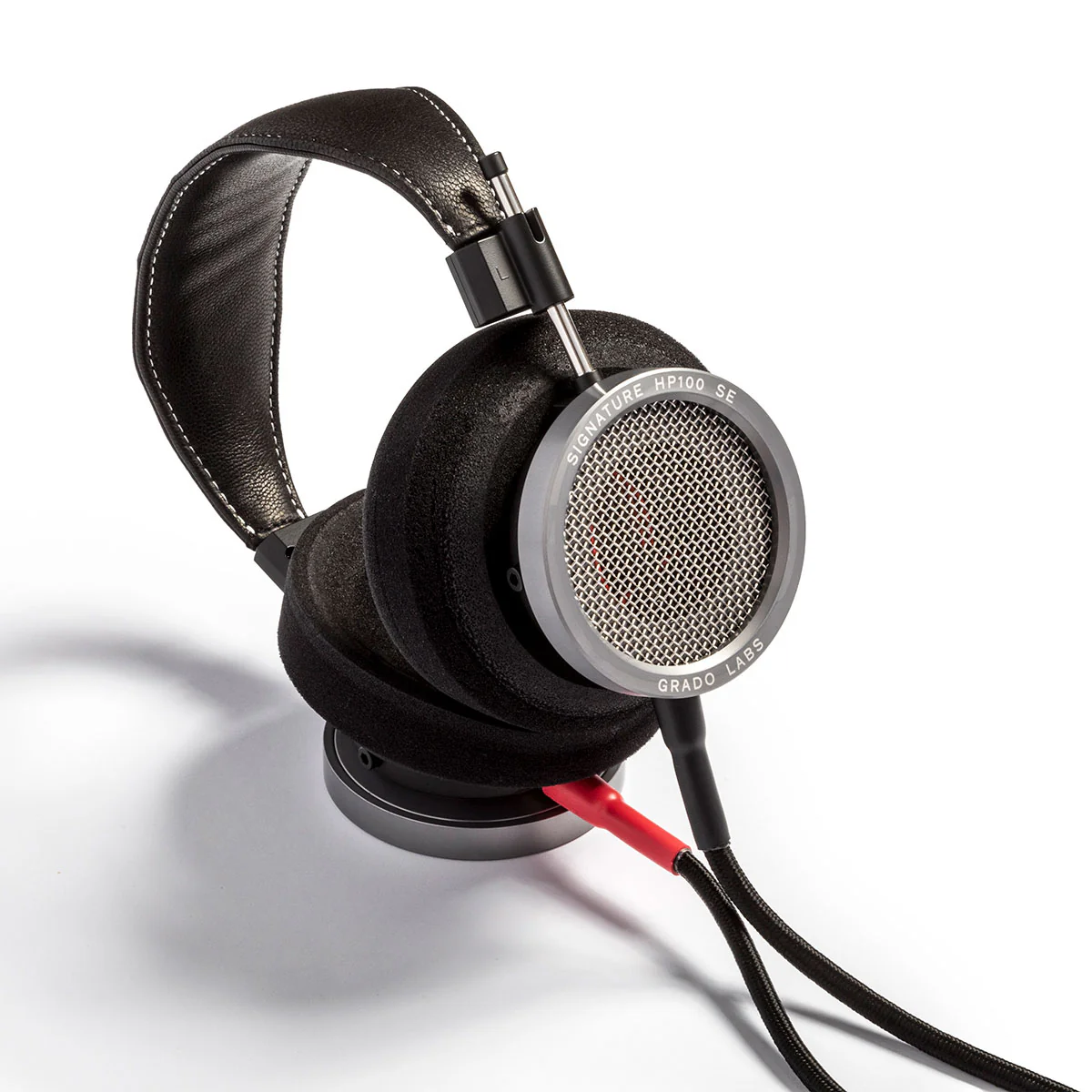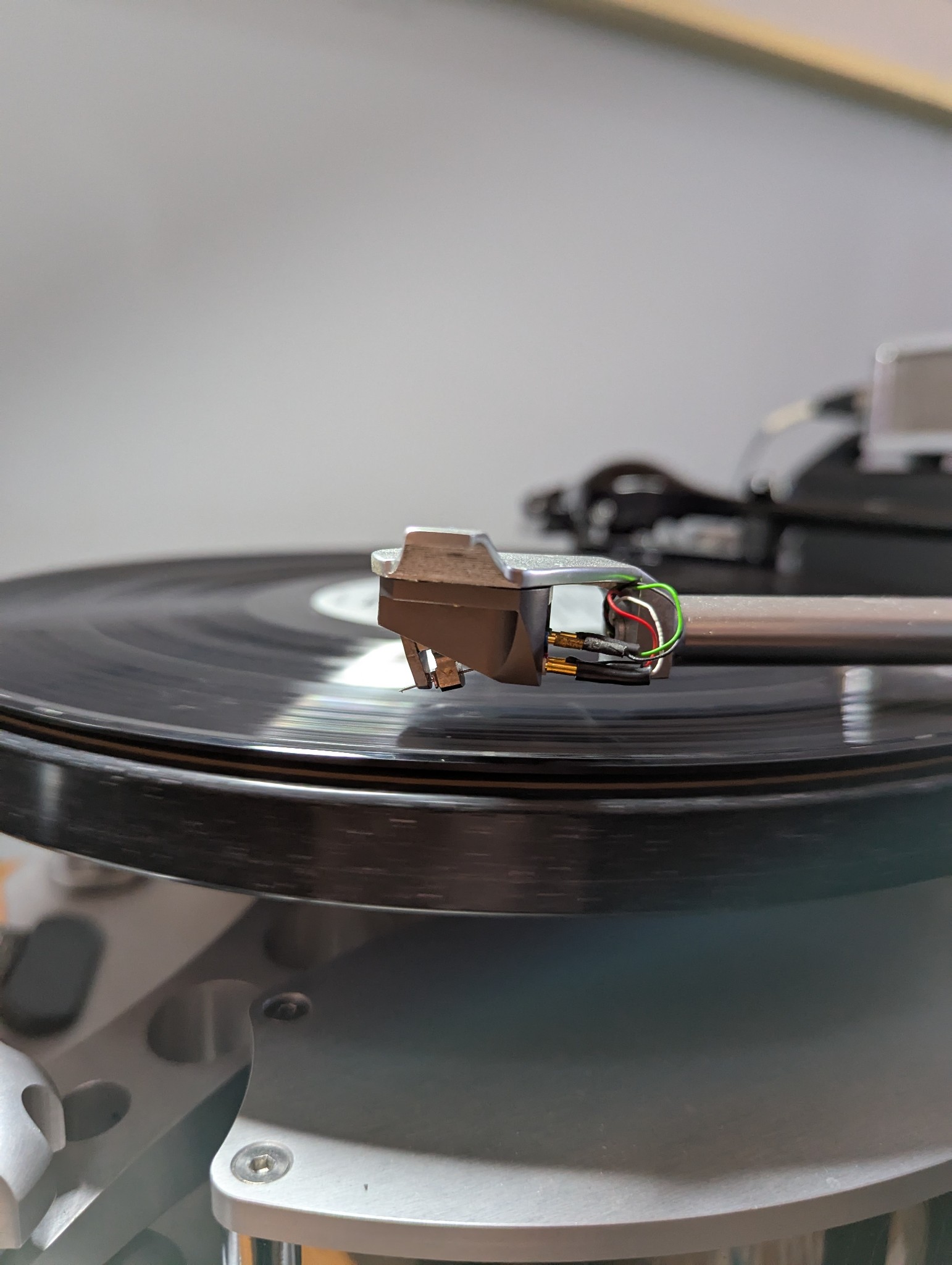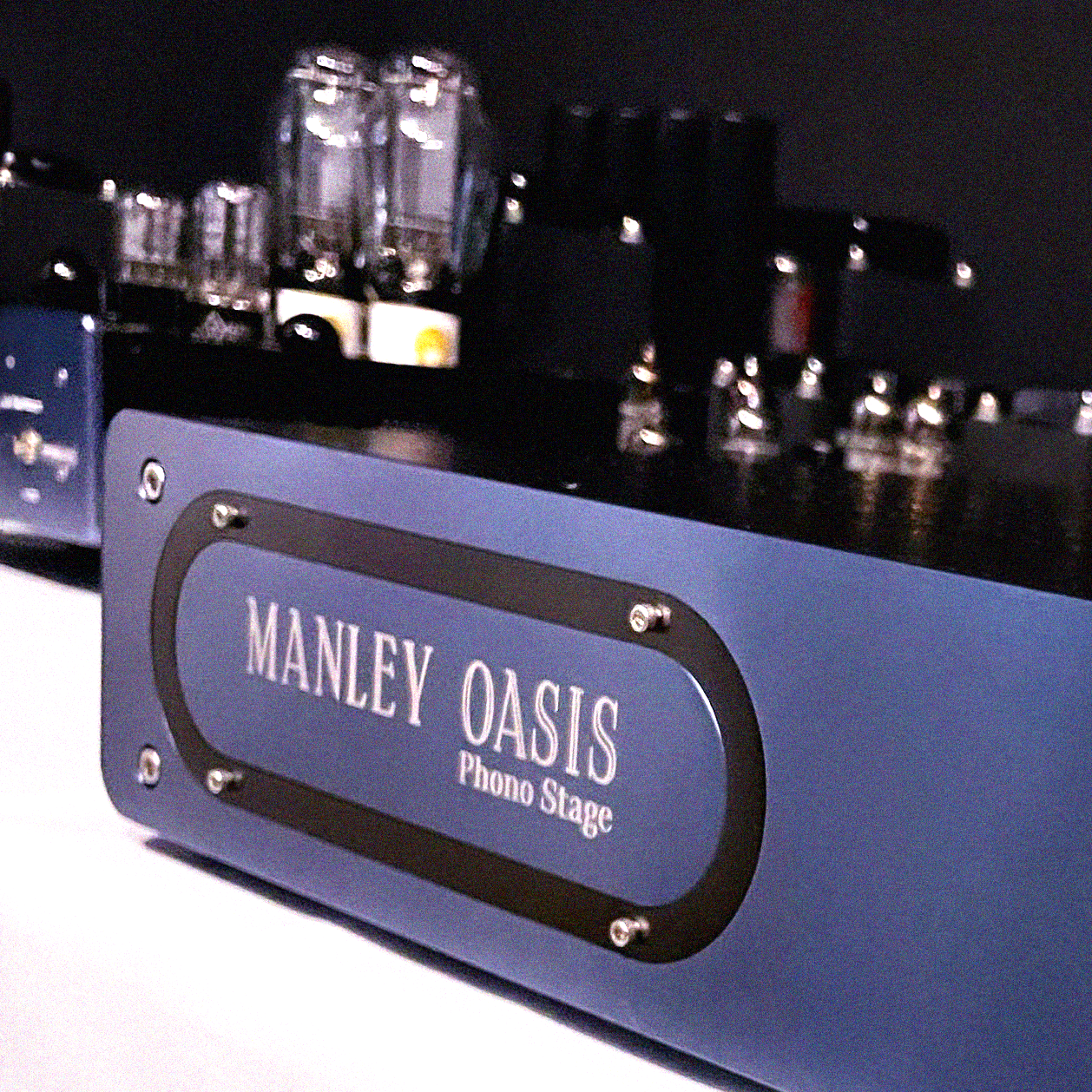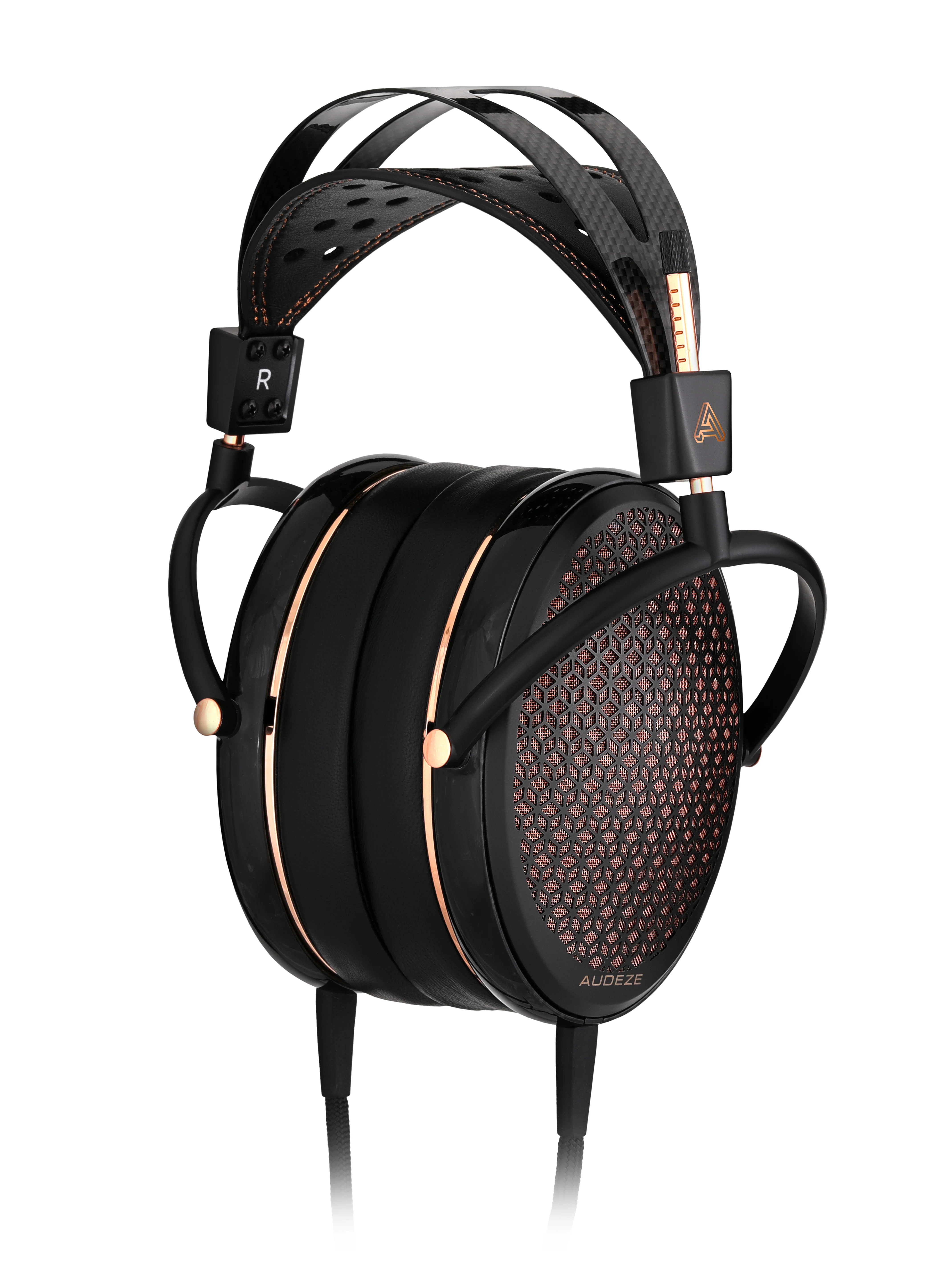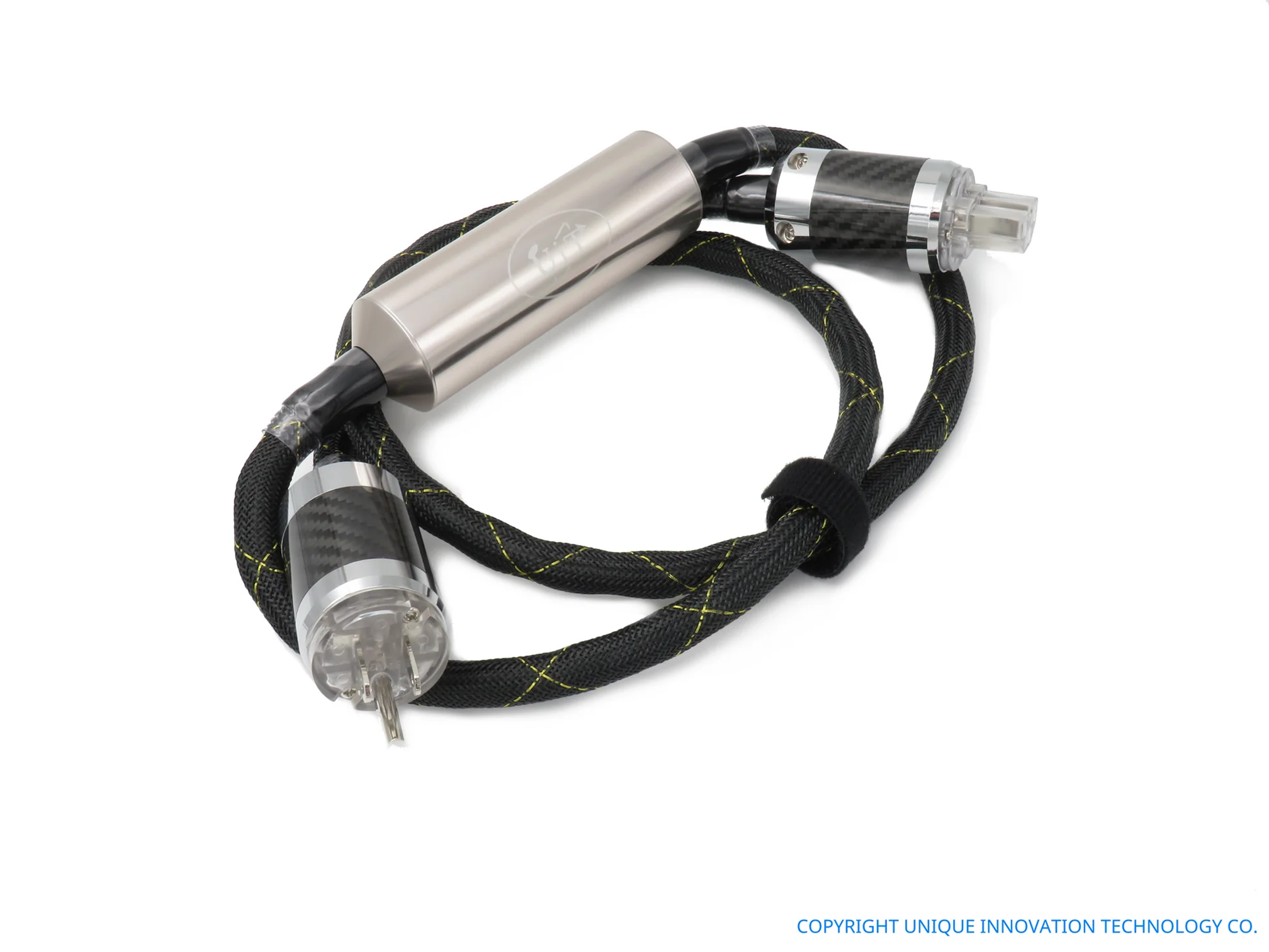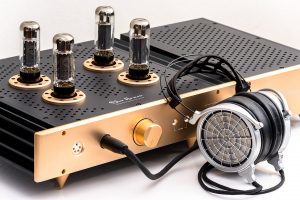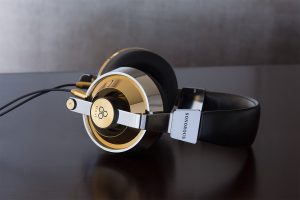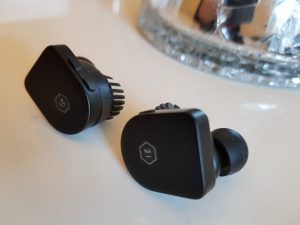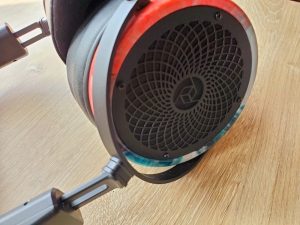The Grado RS1 headphones: a classic! (Photograph by clothfairy via Flicker; Creative Commons license is at https://www.flickr.com/photos/7403543@N04/2250991856. Used in accord with that license. No changes were made to this image; use of this image does not imply endorsement by the photographer.)
Twenty-three years ago, in a city far, far away, I purchased the most expensive, mahogany headphones in the world: the Grado RS1. They had been on the market just a year, garnering enormous critical acclaim, and were Grado's first wood body cans, ever. It took me a year to scrape together the $695 and pay list price for these gems. They were delivered in a mahogany wood presentation case for the first year of production, which I missed getting by a month. Oh well…but they did supply an extension cord as a bonus. (Still not happy about losing out on the case.)
At $695, they replaced my AKG Headphones for which I paid $40! Happily, the RS1 were outstanding. I liked to take them to recording sessions in various Pro studios to plug in and hear what was being recorded. Went to a Telarc session in Atlanta and asked to plug-in. The recording engineer asked me what I was using and I told him, of course. He had on $100 Sony cans. He asked me if he could try mine and we switched. I never got them back to use! I had to leave to wrest them from his grip.
This happened all the time. I was at a recording session with Jim Merod just a couple of years ago, and he was wearing some unpronounceable cans that looked very heavy. I brought in my 20 year old + RS1 and, of course, he immediately borrowed them. I was stuck with some metal monsters all evening!
The RS1 featured 40mm moving coil drivers, well-padded leather band, fairly thick wiring for the period, foam ear pads, and designed as low-impedance cans. They are light and comfortable, but sit directly on the ears. My RS1 are absolutely stock and perfect cosmetically. You can tell the original RS1 by the wood Grado button in the center of the wire screen on each speaker. The RS1e do not have one.
The RS1e are brand-new, and house 50mm moving coil drivers designed by John Grado to exceed the performance of the original drivers in every possible parameter. They include a different and musically superior mahogany species, more robust and complex wiring, about the same amount of leather, and similar ear pads. They are identical at 30 ohms impedance to the originals. They are equally comfortable and sit directly on the ears. Both versions are open cans. They sell for $695, the same as the originals 24 years ago.
You want to know why I admire John Grado?
Exactly!
Test System
The E.A.R. HP4 Tube Headphone Amp at $5875, the most expensive non-electrostatic head-amp in current production on the planet. No DAC. It uses four 6SL7 tubes, two NOS RCA and two NOS GE. The power cord that I used is a Kubala-Sosna Emotion. The balanced cables to the E.A.R. are the UIT PMP Interconnects from UITAudio.
The Grado RA-1 with Power Supply also utilized. Now discontinued. Hope you got yours!
100 hours were put on the RS1e's before reference listening.
Sources
- E.A.R. Acute 3 Tube CD Player
- Sony ModWright 9000 Universal Disk Player with tube PS and tube output stage.
- Stein Music Aventurin V6 Phono Cartridge on EAT C sharp TT.
- E.A.R. 324 Solid State Phono Stage
- Cable Bonus: UIT PMP Headphone Cable with PMP module.
Shootout Participants
- Robert H. Levi President and CEO, LA&OC Audio Society
- Rich Revell Senior Executive Vice President
- John Williams Executive Vice President
- Michael Wechsberg Senior Vice President
- And my 6 year old Grandson with a fresh, discerning ear!
First up, female vocal CD with orchestra and guitar imported from Sweden.
All participants liked the original RS1 for their ease and warmth, but all agreed the RS1e were superior in every way accountable. We all found the focus to be tighter and truer, the highs showed double the ambiance, and the bass was both bigger and tighter. My Grandson also pointed out that the singer sounded more like his Mommy, who is also a singer.
The RS1e's were more intimate and involving with the voice just a little sweeter. The sax had a bit more spit and drive, too. The bass was a touch bigger on the older model though more controlled and textured on the RS1e’s. The RS1’s were thinner sounding overall, with the RS1e's sounding richer and more defined.
The originals are more laid back, warmer colored, and old fashioned. However, if one is a treble-sensitive listener, the older version may just be your ticket. One is bound to find them on eBay.
Next Classical Music: Reference Recordings SACD TUTTI!
Again, the consensus was in favor of the RS1e. There was more clarity, more definition, more openness, more immediacy and agility, all these attributes were obvious. I would add that the RS1e handled more power and slam, and were just more fun to use. Both models had to be positioned on the ears just so to maximize performance. Circumaural headphones do have their advantages.
I noticed a bigger sound stage with the RS1e on large orchestra. Bells and triangles just sounded a bit more silvery and right as well. I could see myself monitoring this actual Reference Recording with Keith Johnson, though he would probably borrow my RS1e and I would once again get stuck with some other cans.
LPs
If you love LPs like me, the new Grado RS1e's are a dandy. Listening into the sound stage with the e's is like a walk through the concert hall. They take definition to the max, and really let you hear how it all comes together. The Stein Cartridge is a Benz LPS, heavily modified by genius designer Holger Stein of Germany, and a doozy of a transducer. Through the new Grados, the music is lifelike and natural. Plus, the e's are very lightweight and just float on your head. Long listening sessions to Beethoven's Ninth and Seventh were easy and fun.
John Grado did his homework. We could not find a sonic flaw in the RS1e's. They are real headphone aficionado winners, and killer elegant. The new wood body is beautiful, and the light colored leather band is more attractive than the black used previously. The leather has that new-car smell that makes you happy to use them.
I tried them with the UIT Headphone Cable that has pulled added definition out of about every headphone in my collection. Well folks, if you want an extra 10% or so of air and detail, get a meter of the UIT. Less is never more—only more is more. The UIT Headphone cable gives you the higher octane version of perfection with the RS1e's. You plug the cans into the UIT cable and the UIT into your DAP or headamp, and enjoy.
By the way, I tried the e's with my Astell&Kern ultima sp1000 DAP, and was truly pleased. This is a great combo. The e's are terminated with a 3.5mm plug, and no adapter is needed for a change. What great sound! I use the top of the line Grado's with the ultima sp1000, and the e's are not far behind their very big brothers. The light weight e's make a sensible pairing with A&K's finest. The e's also come with an 6.5mm adapter and a robust black extension cord in the box.
Quibbles?
How about a nice mahogany display case for the e?
Summary
I’ve always wanted to do a shootout that would not offend anyone, and I finally got my wish. As the crowned princes of the Grado Reference Series, the RS1 VS. RS1e project was a delight to do, and demonstrated the brilliance and continuing inventive spirit of John Grado. I mean really John: do you ever sleep?
Between rethinking every cartridge, headphone model, and new as yet unrevealed treasures, how do you do it? The RS1e is amazingly fine. It rivals planar designs for exceptional performance, at half the weight. Like my grandson said, "Your headphones sound more like Mommy."
They really do. The RS1e have my top recommendation for those that want the best at real-world prices.
RS1e headphones
Retail: $695
Grado
John Chen
http://www.gradolabs.com/company
All photographs courtesy of Grado Labs, except as noted.




